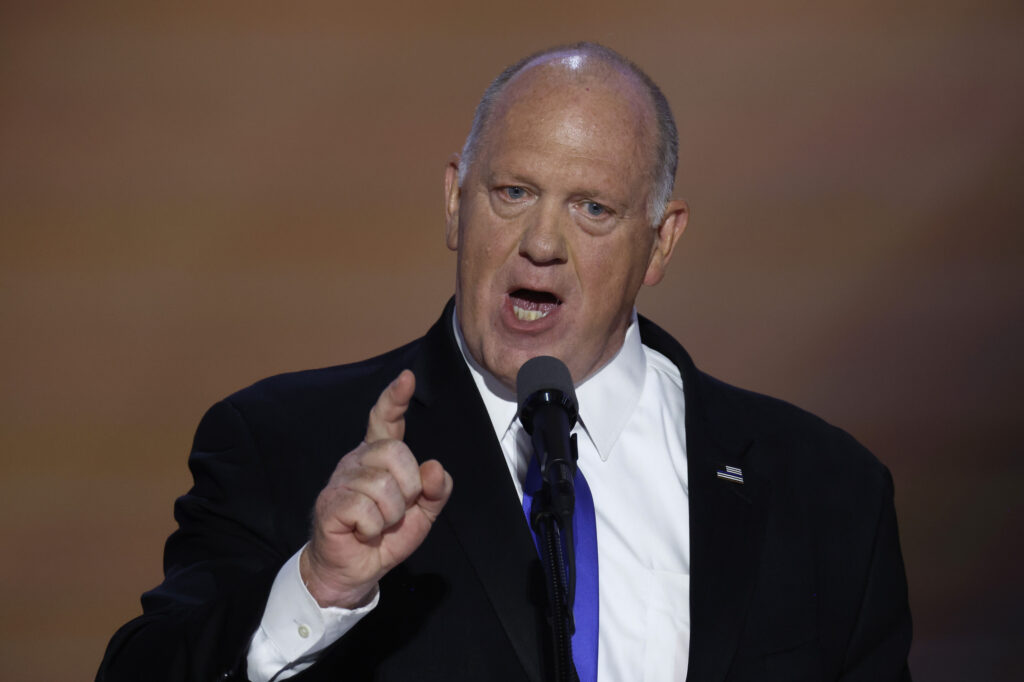PR pros say consumers trust social media more than traditional news, according to a new survey

Top Stories Tamfitronics
Top Stories Tamfitronics News coverage fuels social media; but increasingly, social media fuels the news; shaping opinion on social media boils down to authenticity, experience and customer service
More consumers trust social media for information than other conventional sources, including traditional news, business and government. That’s according to a new poll by the trade publication PRWeek and the PR software vendor Notified.
The two organizations polled 155 PR professionals and found 50% say consumers trust social media the most – and by a wide margin. The traditional news media followed with 39%, trailed by business (10%) and government (1%).
This isn’t a first – we’ve seen other studies suggest the influence of social media is growing. For example, in late 2023, Pew said about 30% of Americans get their news from social media, but this one really raises an eyebrow. In this particular survey, I suspect the findings have more to do with mass appeal and social proof.
Public opinion used to play out in the traditional media, and still does to a significant degree. However, this survey suggests those who work in PR believe overall public opinion on social media is more persuasive. In other words, news coverage still fuels social media; but increasingly, social media fuels the news.
While things have been moving in this direction for a while, it’s still a remarkable change. PR professionals are doing the same work, but the context, or environment in which we work is shifting.
>>>Need an extra pair of hands? We can help with B2B marketing, PR and social media.
Trusted influencers
Answers to another question in this survey support this an analysis. When asked who consumers trust among a list of six conventional “influencers” – the top choice was other consumers. Again, it was by a long shot.
Here’s who PR pros say consumers find “very trusted” –
- 50% say other customers;
- 17% say employees;
- 10% say social media influencers;
- 10% say journalists;
- 7% say celebrities; and
- 3% say executives.
Now, the answer scale is a little off (see graphic). A better approach would be us a 5-point Likert scale because, for example, there could be a bit gap between “very trusted” and “somewhat trusted.” The survey would have done well to make plain old “trusted” an option. Yet I do think there is merit to the order of influence – and that’s worthy of our attention.
(click image for higher resolution)

Factors influencing trust
So, what factors build trust? The survey ranked several possible factors:
- 57% said authenticity and transparency (especially in crisis);
- 55% said past experience with a brand;
- 36% said customer service;
- 32% said third-party endorsements;
- 10% said employee advocacy; and
- 10% said commitment to causes and issues.
(click image for higher resolution)

If social media is where public opinion is shaped – then these factors have several implications:
1. New cycles move faster and are more intense
Social media means that news moves faster than ever. It also seems to be more intense. And while it may fade more quickly, the evidence here suggests the experience leaves a lasting impression. This is a good reminder to have a crisis plan in place, and executives trained and comfortable speaking in high stress situations.
2. Get your customer references in order
Customer references have always been important, but this suggests it’s more important than ever. You’ve got to have a program in place to continuously solicit and incentivize customers to share their stories. A case study program is the bare minimum – also consider:
- Nomination customers for awards;
- Co-writing contributed articles with customers; and
- Inviting customers to webinar panel discussions.
There’s one catch: don’t be the marketing team that only talks to customers when you need something. Put a program in place to foster interaction. B2B organizations will need sales and post-sales teams to help here
3. Social media is how you influence influencers
Nobody wants to talk to people who only show up once in a while – and when they do, they only talk about themselves. Unfortunately, that’s how a lot of companies treat social media. Yet when done well, social media is where brands can influence the influencers.
But you have to show up consistently and, as with the point on customer references above, not just when you need something.
***
PRWeek surveyed 155 U.S.-based PR professionals from March until May 2024. A copy of the full report is available for download: The Evolution of Influence.
>>>Need an extra pair of hands? We can help with B2B marketing, PR and social media.
If you enjoyed this post, you might also like:
Trust issues: the one reason buyers give B2B content a letter grade of “D”
Image credit: Pexels and respective study



 Hot Deals
Hot Deals Shopfinish
Shopfinish Shop
Shop Appliances
Appliances Babies & Kids
Babies & Kids Best Selling
Best Selling Books
Books Consumer Electronics
Consumer Electronics Furniture
Furniture Home & Kitchen
Home & Kitchen Jewelry
Jewelry Luxury & Beauty
Luxury & Beauty Shoes
Shoes Training & Certifications
Training & Certifications Wears & Clothings
Wears & Clothings
















